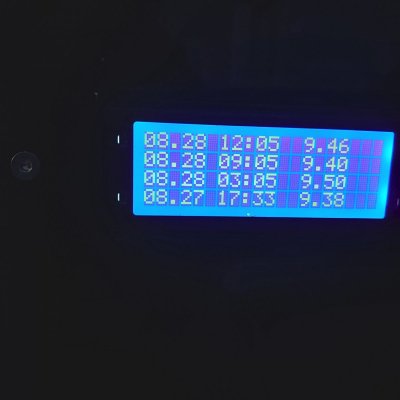Hello folks from US&A. Warm hello from a friendly nation of Kazakistan!
Please check out my video for a DIY Alkalinity monitor that I built myself!
Cheers,
Borat.
Please check out my video for a DIY Alkalinity monitor that I built myself!
Cheers,
Borat.
























